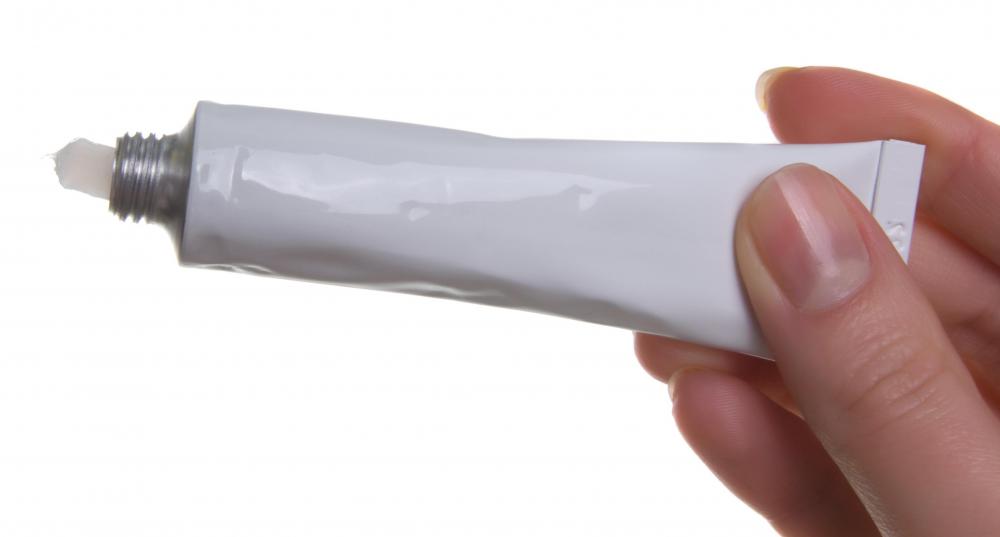At WiseGEEK, we're committed to delivering accurate, trustworthy information. Our expert-authored content is rigorously fact-checked and sourced from credible authorities. Discover how we uphold the highest standards in providing you with reliable knowledge.
What is Tinea Capitis?
Tinea capitis is a contagious fungal infection of the scalp that may present as thick, scaly swellings or ringworm. Other symptoms include dandruff, itching, and bald patches. There are three types, characterized by the fungus that causes it: favus, microsporosis, and trichophytosis.
Favus tinea capitis is caused by the Trichophyton schoenleinii fungus and is characterized by a honeycomb-like pattern of yellowish lesions on the scalp. Each lesion grows around a hair follicle, and they eventually turn into scabs. When the scabs fall off, a shiny, hairless area is left. Favus is a chronic condition, usually lasting for 10 to 20 years. It is most common among school-age children living in South Africa and the Middle East.

Microsporus tinea capitis is caused by fungi of the Microsporum genus. Microsporus infections often originate with sick cats or kittens. They are characterized by red papules growing around the hair shaft, which eventually scab and cause the hair to break close to the scalp.
Trichophytosis is caused by Trichophyton species other than T. schoenleinii. Trichophytosis infections cause dry patches on the scalp rather than lesions. The hairs also break off as a result of trichophytosis tinea capitis, leaving black dots at the site of the hair follicles.

All types of the fungus are common among school-age children, and more often affect boys than girls. Because the infection is contagious, and it is possible to carry the fungus with no symptoms, large outbreaks may occur at schools. Tinea capitis is treated with the oral anti-fungal medication griseofulvin, developed from a species of penicillin. The drug has a high success rate, but must be taken for at least six to eight weeks. Lamisil®, an over-the-counter antifungal medication for athlete's foot, jock itch, and ringworm, is also used to treat tinea capitis in children over four years old.
AS FEATURED ON:
AS FEATURED ON:














Discuss this Article
Post your comments